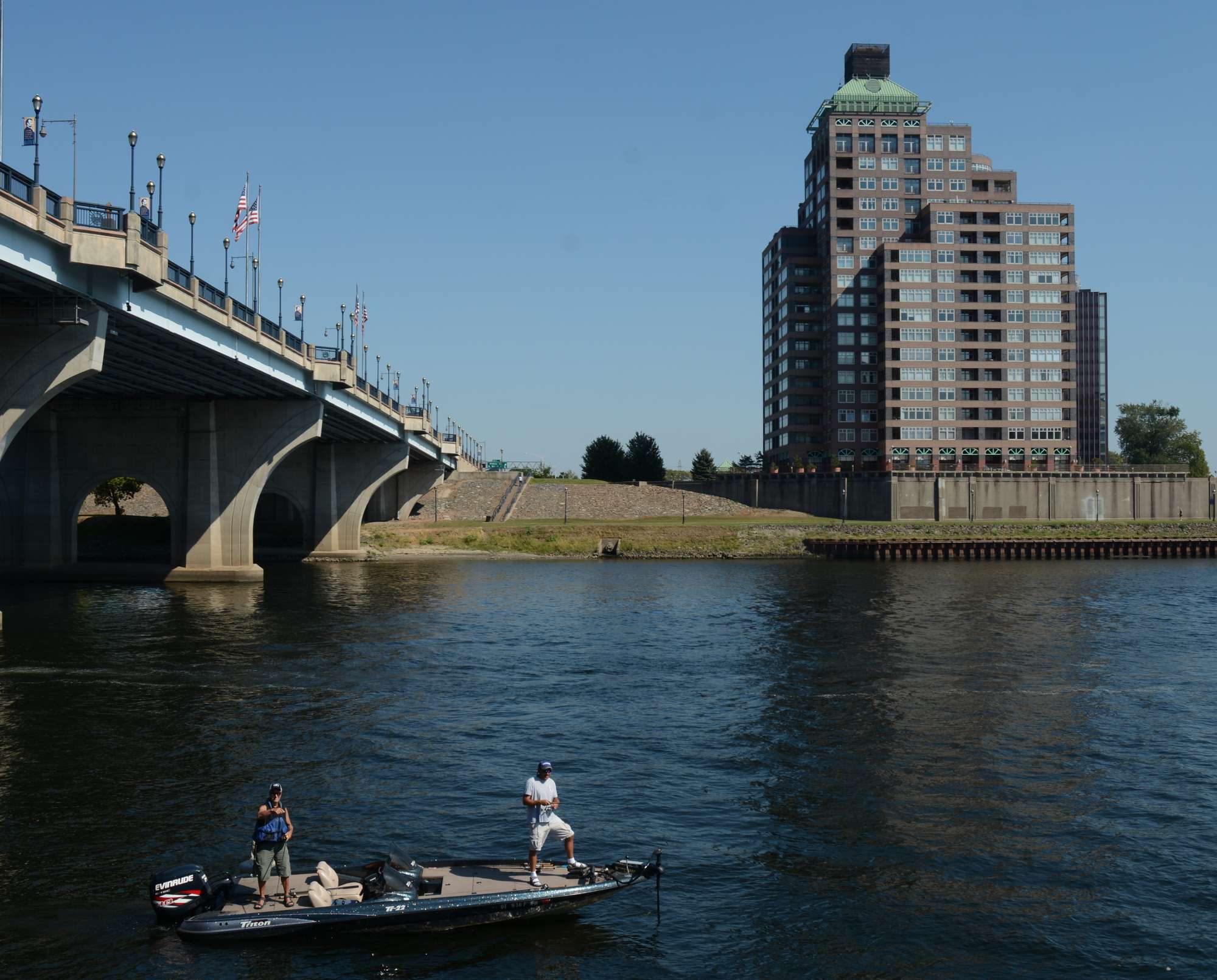
BURLINGTON, Conn. — At Connecticut’s Burlington State Fish Hatchery, scientists are conducting a nationally important study about largemouth bass evolution. But if proposed budget cuts by Gov. Daniel Malloy go through as presented, Burlington and the two other hatcheries will close in January.
You can help save Connecticut’s fish hatcheries by signing this petition.
“The next phase is in jeopardy of not happening if they close down the hatcheries,” said Dean Rustic, Connecticut B.A.S.S. Nation (CBN) conservation director.
“The next phase will be to test the offspring of the mixed bass to see if more aggressive genes are present. The hope is that we could produce a more aggressive bass to stock the local lakes and create a better bass fishing environment.”
Research thus far already suggests that anglers may be influencing evolution.
“This scenario genetically favors the fish with lower metabolisms, the fish that are less likely to be caught by anglers,” said researcher Jason Vokoun. “It suggests we may be permanently changing exploited fish populations over the long term.”
To help keep this investigation going and to enable those hatcheries to continue stocking the state’s waterways with more than 1 million trout and Atlantic salmon a year, Rustic is encouraging CBN members to sign a petition started on Change.org by Scott Garland of Terryville. Thus far, more than 2,500 have signed on to oppose the closings.
“If anything, the state legislature should allocate more funding toward state fisheries, not less,” Garland said. “The recreational revenue generated through fishing of all types throughout the state is immensely significant.”
Indeed, the Connecticut Department of Energy and Environmental Protection notes on its hatchery page that recreational fishing is worth about $436 million annually to the state economy, with more than 4.4 million fishing days logged in by adult anglers.
Additionally, cutting funding for the hatcheries could jeopardize Connecticut obtaining its share of federal Sport Fish Restoration (SFR) funds. State fisheries are mostly financed by license fees, not through general revenue. A state must spend those dedicated funds on fisheries to obtain matching SFR money.
Both the governor and lawmakers are trying to figure out how to cut $350 million to $370 million from the state budget. Malloy’s most recent recommended cuts total $213.6 million, including $1.1 million for the three hatcheries, which employ 17 staff members. According to the West Hartford News, he “rescinded $103 million in September.”
Lawmakers are considering a special session on Dec. 7 to talk about a deficit-mitigation plan.

